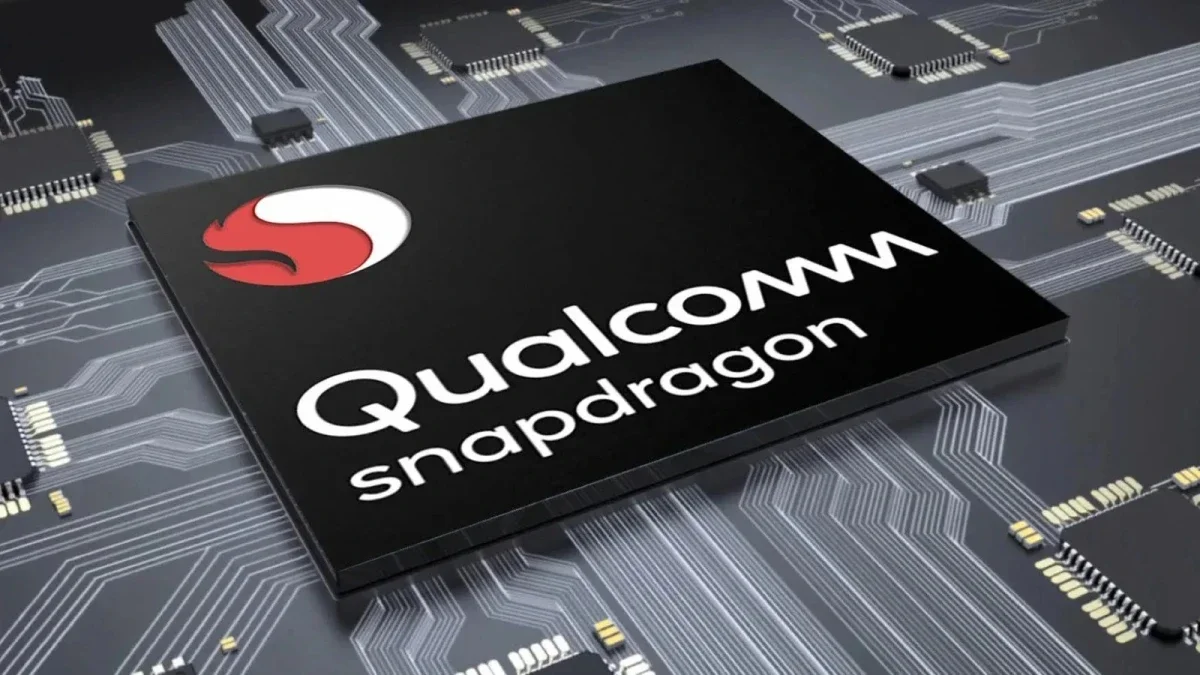Here's why Qualcomm is the "main loser" after Huawei revealed its 7nm 5G Kirin chip

With its backs to the wall, Huawei was forced to power its 2022 Mate 50 flagship line and its early 2023 P60 flagship line with the 4nm Snapdragon 8+ Gen 1 SoC. However, in order to obtain the license the manufacturer would need to buy these chips, they had to be tweaked not to support 5G. For the recently introduced Mate 60 Pro flagship model, Huawei surprised everyone by equipping the phone with its homegrown Kirin 9000s SoC built by SMIC (China's largest foundry) using its 7nm process node.
This was a surprise because, as far as anyone knew, SMIC didn't have the equipment to build smartphone-quality 7nm chipsets. For example, China is banned from receiving shipments of extreme ultraviolet lithography (EUV) machines. These expensive and big machines have an important job. They etch the extremely thin circuitry patterns onto a silicon wafer. These lines are a fraction of the width of a human hair and allow billions of transistors to fit inside a chip.
Only one company in the world makes these machines, Dutch company ASML, and it is following the U.S. government's desire to keep these $150 million machines out of China. While the U.S. is concerned enough to investigate how Huawei and SMIC were able to build the Kirin 9000s, one U.S. company that faces an impact is Qualcomm. According to TF International's superstar analyst Ming-Chi Kuo, Qualcomm is the "big loser" from Huawei's ability to have its homegrown Kirin chips produced.

The just unveiled Huawei Mate 60 Mate Pro is the first Huawei phone in three years powered by a 5G Kirin chipset
According to Kuo, last year Huawei purchased 23 million to 25 million chipsets from Qualcomm with that number rising to 40 million to 42 million this year. As Huawei continues to use its Kirin chips next year, Qualcomm will not only lose all of the business it was getting from Huawei, but it also will lose business from non-Huawei Chinese phone manufacturers who will ship fewer phones due to tougher competition from Huawei.
Kuo says that Qualcomm's SoC shipments to China next year (2024) will be 50 million-60 million units lower than this year and will keep dropping every year. The analyst says that his survey forecasts that as soon as the fourth quarter of this year (which starts next month), Qualcomm will start a price war in China in order to regain market share. However, this will result in lower profits.
Qualcomm has two other issues it needs to worry about, according to Kuo. One is a higher-than-expected market share for the Samsung Exynos 2400, a deca-core chipset that Samsung is expected to use on some Galaxy S24 series phones next year instead of the Snapdragon 8 Gen 3. The other issue is that Apple will be using its own homegrown 5G modem chip replacing Qualcomm's in 2025.
Follow us on Google News




![Some T-Mobile users might be paying more starting in March [UPDATED]](https://m-cdn.phonearena.com/images/article/176781-wide-two_350/Some-T-Mobile-users-might-be-paying-more-starting-in-March-UPDATED.webp)









Things that are NOT allowed:
To help keep our community safe and free from spam, we apply temporary limits to newly created accounts: